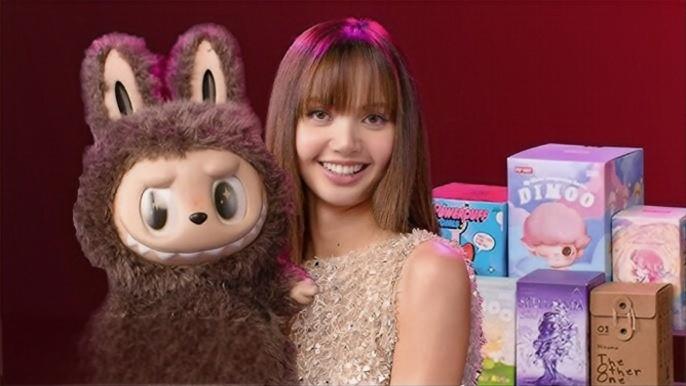Labubu: The Global ArtToy Phenomenon - Collector's Guide & Buying Tips
In the ever-evolving world of ArtToys, few characters have captured the zeitgeist as explosively as Labubu, the mischievous creature from POP MART’s THE MONSTERS series. What began as a niche collectible in 2018 has now become a cultural icon, bridging the gap between street culture, luxury fashion, and global fandoms. As a seasoned collector, I’ve witnessed firsthand how Labubu’s journey reflects broader shifts in consumer behavior, cross-cultural storytelling, and the power of emotional design.
From Obscurity to Icon: Labubu’s Meteoric Ascent

POP MART’s Labubu theme store in Bangkok’s MEGA BANGNA mall, which reportedly earned ¥2 million on its opening day.
The turning point came in 2024 when Labubu’s Marshmallow Series became a viral sensation across Southeast Asia. Thai consumers formed overnight queues, with resale prices soaring 200-300% above retail—a phenomenon locals dubbed “Labubu Mania”. This wasn’t just about scarcity economics; it was a perfect storm of cultural alignment. Labubu’s whimsical design resonated with Thailand’s love for kawaii aesthetics, while strategic partnerships with Thai tourism authorities positioned the character as an official “cultural ambassador”.
The Celebrity Effect: When Labubu Met Blackpink’s Lisa

Blackpink’s Lisa showcasing her Labubu collection, triggering a 292% revenue surge for THE MONSTERS line.
No analysis of Labubu’s success is complete without acknowledging the Lisa Effect. When the Thai-born K-pop superstar began sharing photos with her Labubu collection in early 2024, secondary market prices for certain limited editions skyrocketed by 10x overnight. This wasn’t mere influencer marketing—it was organic cultural adoption. Even Thailand’s Princess Sirivannavari made headlines by accessorizing her Hermès Birkin with a Labubu charm, sparking debates about luxury’s evolving definitions.
Labubu x Luxury: Redefining Status Symbols

The viral trend of pairing Labubu with luxury handbags, challenging traditional notions of prestige.
What fascinates me as a collector is how Labubu has infiltrated spaces traditionally reserved for haute couture. Social media feeds now overflow with images of Labubu dolls dangling from $20,000 Hermès bags—a visual manifesto for Gen Z’s preference for playful prestige. This isn’t just a passing trend; it’s part of a larger shift where emotional resonance outweighs brand heritage. As noted in recent market analyses, 54% of luxury shoppers under 30 now prioritize “whimsical self-expression” over logo-centric designs.
Collector’s Dilemma: Investment Boom or Speculative Bubble?
Secondary market tracking shows select Labubu editions appreciating 1,200% since 2024.
While the financial potential is undeniable—some university students reportedly earned ¥20,000 daily flipping rare Labubu pieces—the market’s volatility demands caution. The same factors driving Labubu’s success (limited drops, celebrity endorsements) also create fragility. When POP MART flooded markets during 2024’s Singles’ Day sales, common edition prices plunged 40% within weeks. True collectors must differentiate between hype-driven speculation and pieces with enduring cultural value, like the Labubu x Thai Silk Heritage collab that sold out in 37 seconds.
The Future of Labubu: Beyond the Hype
Looking ahead, three trends will shape Labubu’s trajectory:
- Cultural Hybridization: With POP MART planning “Labubu Land” theme parks across Asia, the IP is evolving into a storytelling medium blending Chinese mythology with global pop aesthetics.
- Technological Integration: Rumors of AR-enabled Labubu NFTs suggest digital-physical collectible convergence.
- Sustainability Pressures: As environmental concerns grow, collectors increasingly demand eco-friendly materials in limited editions.
In conclusion, Labubu represents more than a toy—it’s a mirror reflecting our era’s cultural contradictions and aspirations. Whether you’re a serious collector or casual enthusiast, engaging with this phenomenon offers insights into the future of art, commerce, and emotional connectivity. As I curate my own Labubu collection, I’m reminded: true value lies not in market fluctuations, but in the stories these creatures continue to inspire.


